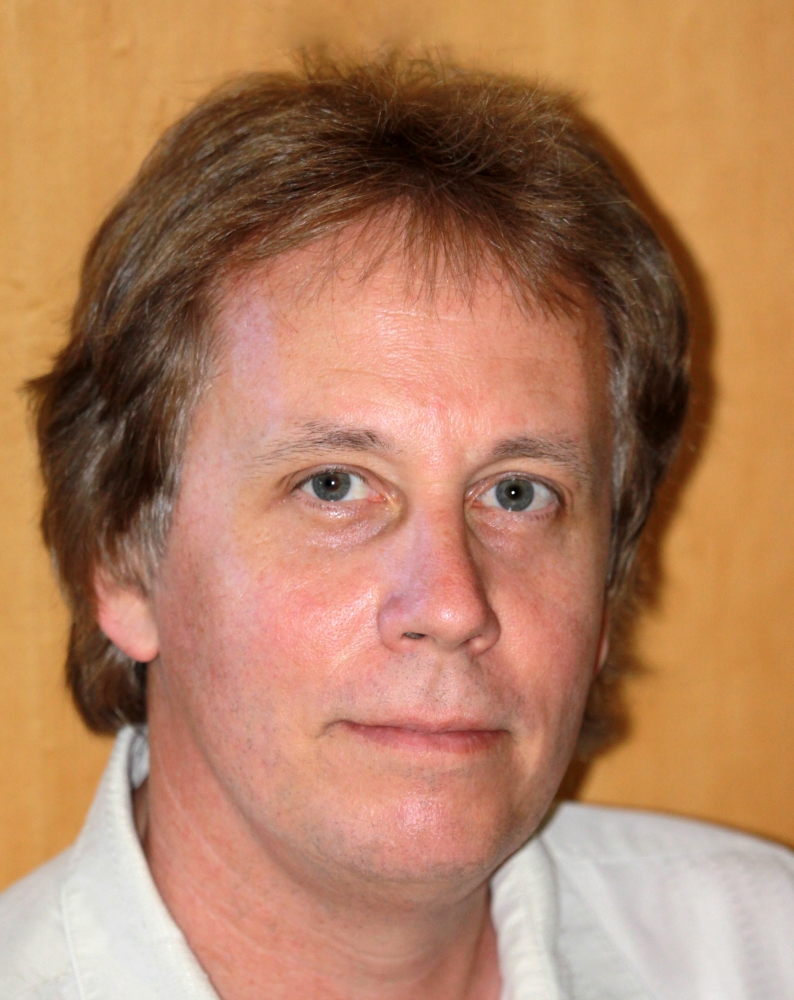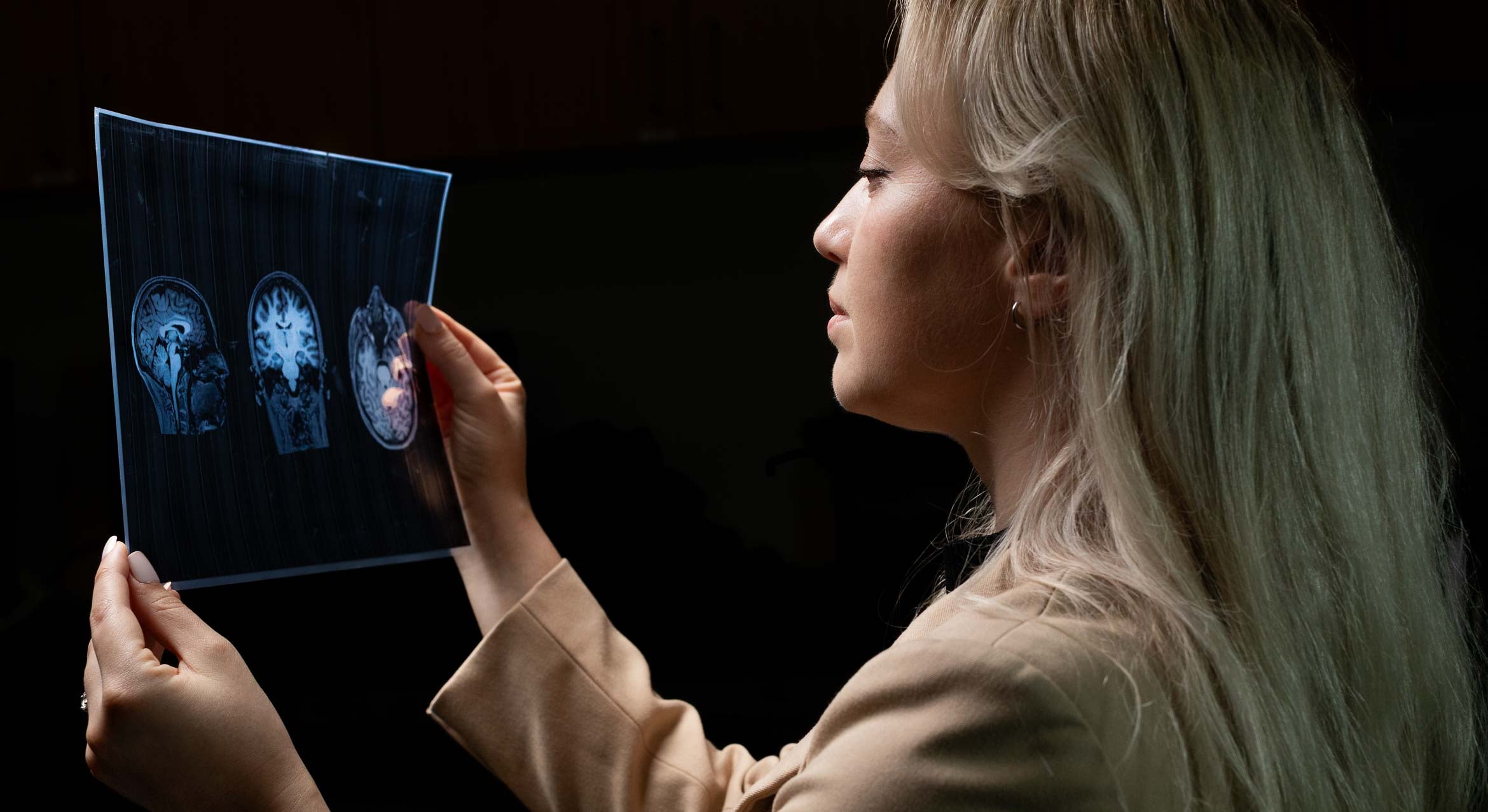
Survival Method

It’s the most common cause of death in American hospitals and among the top five killers worldwide, but sepsis remains largely under the radar in conversations about public health — and in promising treatments.
A biomedical scientist at UC Santa Barbara may have a hand in reversing both those trends, thanks to his novel therapeutic approach and a big new grant from the National Institutes of Health.
Jamey Marth, director of UCSB’s Center for Nanomedicine (CNM) and a professor of the Sanford-Burnham Medical Research Institute, has been awarded $3.5 million from the NIH Heart, Lung and Blood Institute for his continued work to boost survival rates in sepsis.
“This research funding award represents recognition by the NIH and scientific colleagues throughout the nation of the leading research in sepsis going on at CNM focused on understanding and thwarting the pathogenesis of sepsis, a common syndrome that remains one of the most difficult to detect and treat effectively,” said Marth, who is also the Carbon Professor of Biochemistry and Molecular Biology and the Mellichamp Professor of Systems Biology at UCSB. “With this grant, we will be able to more rapidly and more effectively follow up on our earlier discoveries of a completely new approach to the treatment of sepsis that once in the clinic may save millions of lives.”
The new grant supports an ongoing collaboration of UCSB, the Sanford-Burnham Medical Research Institute, the Santa Barbara Cottage Hospital and UC San Diego that is focusing on advancing these discoveries to the point of clinical trials. His team has already shown the method increases, by twofold, sepsis survival rates in models of bacterial infection.
Now, using Cottage’s robust data registry of septic patients, including blood samples from consenting participants, the research will accelerate to further translate the approach for human patients.
“On average and even among patients in the developed world, 30 percent of those diagnosed with sepsis will die due to the severe inflammation and coagulopathy associated with this syndrome, while limb amputation, organ dysfunction and cognitive decline are common outcomes among survivors of severe sepsis and septic shock,” Marth said. “No new effective treatments for sepsis have been developed in decades.
“The advances that we have already made open a door to better understanding of this debilitating and lethal syndrome that continues to cause suffering, disability, and death while costing billions of dollars in health care each year,” he added. “Our recent discoveries were the basis for this award and include the goal of developing new approaches to detect and treat sepsis.”
The work being funded by the NIH grant will build on the Marth group’s previous identification of a protective mechanism found in the liver and a means of leveraging it for therapeutic use. In their earlier study, the scientists employed the enzyme neuraminidase to pre-activate and augment that protective system — part of the liver’s Ashwell-Morell receptor — to block the lethal blood coagulation and thrombosis often triggered by sepsis.
“We’ve done about as much as we can for improving the way we take care of septic patients,” said Dr. Jeffrey Fried, a pulmonary and critical care specialist at Cottage Hospital, where he has developed lifesaving protocols for sepsis. “What we really need are new ways to treat sepsis and a better understanding of the physiology and pathophysiology. That’s when we’ll start to make some real progress.
“I think the work that Jamey is doing is really exciting and it’s really amazing that he got this grant,” Fried added. “It’s rare for a university without an official medical affiliation to get this kind of large grant. For the NIH to award this is a real testament to the work Jamey is doing at UCSB, and the ideas and techniques he and his collaborators are developing. These are novel and new things that need to be explored. Somebody at NIH sees that and it’s great to be part of it.”



